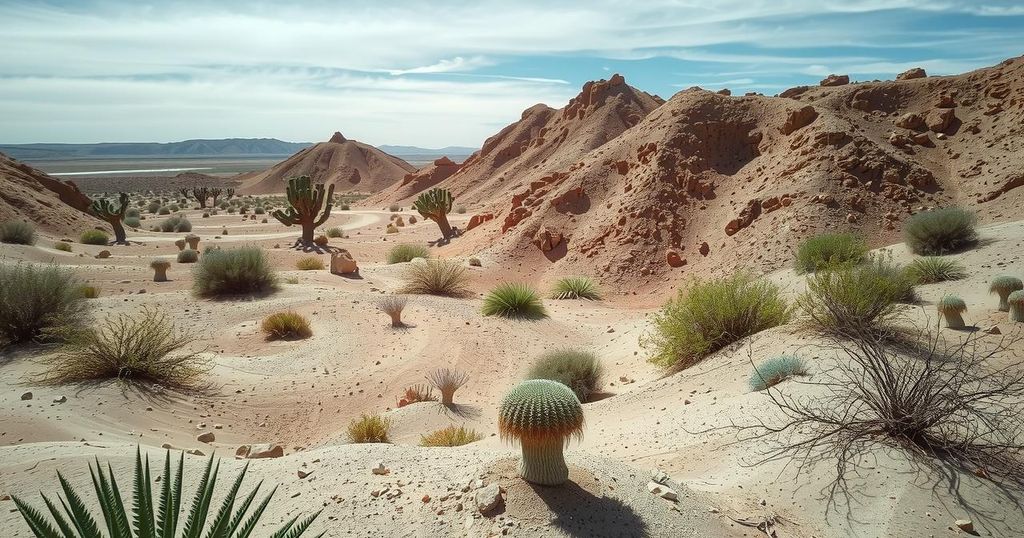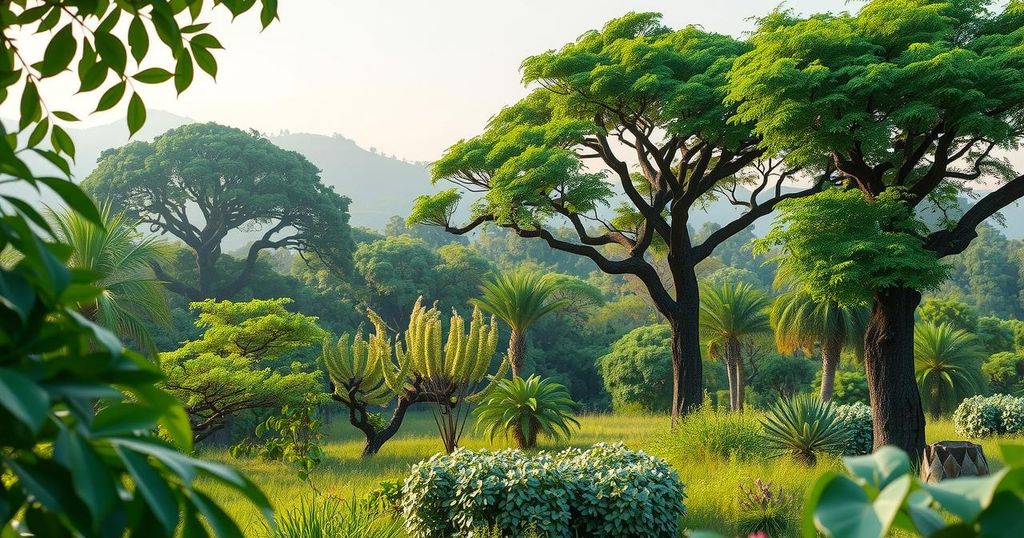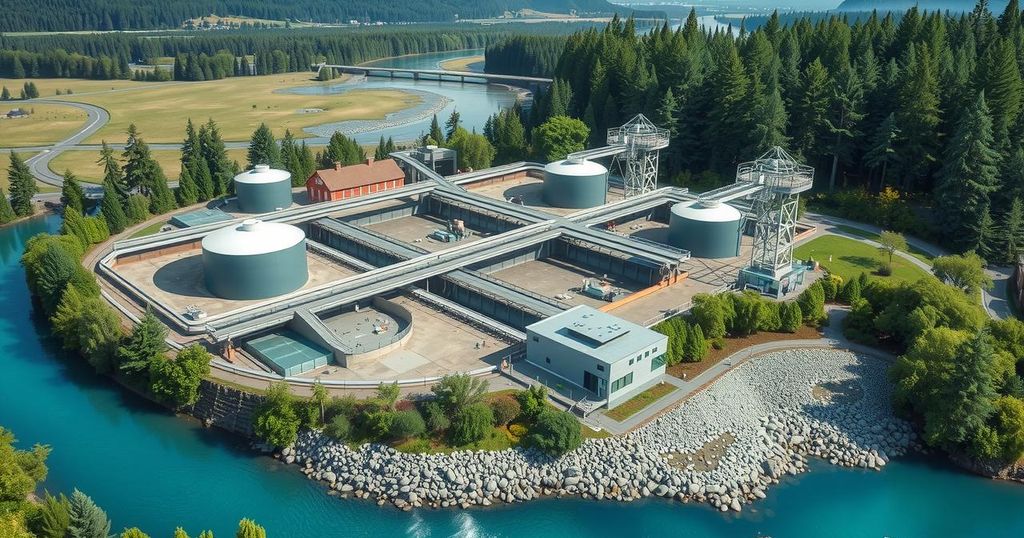In Argentina’s Neuquén province, a study evaluated assisted natural regeneration (ANR) techniques aimed at restoring plant life at decommissioned oil drilling sites. Results demonstrated some success in species richness, but notable deficits in plant density and coverage compared to undisturbed areas persisted. The findings emphasize the need for deeper furrows, soil health assessments, and active restoration efforts in arid ecosystems, with broader implications for similar global challenges.
In Neuquén province, Argentina, local regulations mandate that oil companies implement assisted natural regeneration (ANR) by digging furrows at decommissioned drilling sites to foster plant growth. A recent study assessed the effectiveness of this method for promoting plant recovery in the Monte Desert following oil drilling operations. After five years, the study revealed that while plant density, diversity, and coverage remained significantly lower at remedied sites compared to undisturbed areas, a noteworthy 40% of the expected species were present, highlighting some success.
The research aimed to investigate whether governmental techniques truly aided plant restoration in this challenging desert environment characterized by extreme temperatures, limited rainfall, and poor soil nutrients. The study conducted by the National University of Comahue compared 16 abandoned drilling sites to undisturbed ecological reference sites, revealing that species richness might benefit from ANR practices, despite the remaining stark differences in plant coverage and diversity compared to natural ecosystems.
Florencia del Mar González, the lead investigator, expressed surprise at the observed ecosystem responses, noting a notable presence of unexpected plant species at the sites. While ANR is designed to enhance conditions for natural growth without intensive reseeding efforts, its previous implementation had never been scientifically evaluated in this desert prior to the study. González’s work involved surveying scarified sites and collecting soil samples to assess how effective these measures were in encouraging native species.
The study cataloged approximately 15 different species from the former drilling sites, translating to 40% of the species identified in undisturbed areas. Among these were climax species such as Larrea divaricata, recognized for their role in improving soil conditions and facilitating other plant growth. Despite documenting these findings, the study emphasized the significant challenges that remain, as plant coverage on degraded sites was still considerably low, highlighting the need for further investigations.
James Aronson from the Missouri Botanical Garden, an expert in arid ecosystem restoration, stresses the importance of studying soil health to truly understand the challenges faced in arid land recovery. He recognizes that many beneficial microbial relationships necessary for plant survival were disrupted during drilling activities, complicating recolonization efforts. He further elaborated on the lengthy timeline needed for visible recovery in desert ecosystems, emphasizing the significance of even the small recoveries noted in this study.
Current collaborations are underway to analyze soil microbiota to better inform future restoration techniques. Complementary research is also being conducted on introducing nurse plants to ANR-modified sites to enhance plant establishment and survival. González is advocating for deeper furrows than the required depth to improve water retention and create favorable microclimates for plants, arguing that such findings could be applicable to other globally degraded environments impacted by human activities.
Thus, the research underscores the pressing need for active restoration strategies in the context of climate change and biodiversity crises. González asserts that developing effective methodologies for widespread recovery from ecological disturbances could benefit numerous ecosystems, reinforcing the commitment to both passive and active restoration techniques.
The study on assisted natural regeneration (ANR) in Argentina’s Monte Desert reveals both successes and challenges in plant recovery following oil drilling. Although ANR led to some increase in species richness, significant gaps in plant density and diversity remain compared to undisturbed sites. It highlights the necessity for deeper furrows for better water retention and the importance of investigating soil microbiomes to enhance restoration efforts. This approach not only addresses local environmental recovery but also has broader implications for ecological restoration globally.
Original Source: news.mongabay.com




